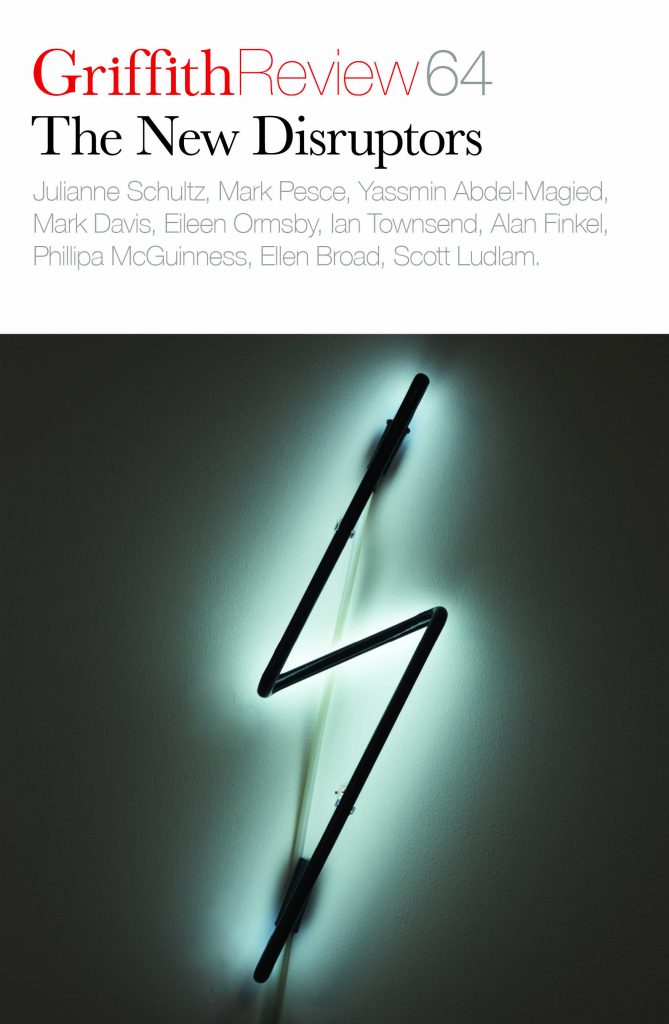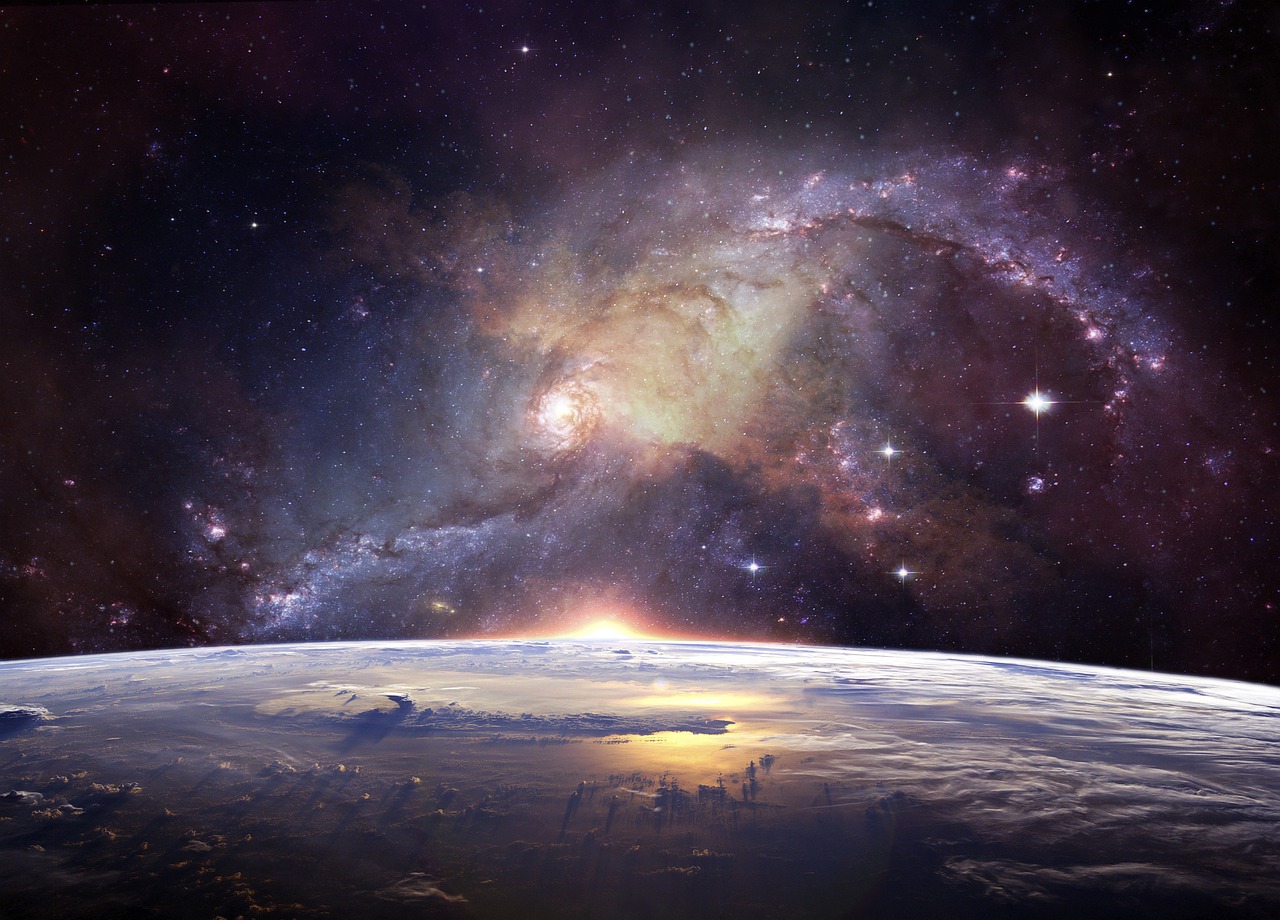Featured in

- Published 20190507
- ISBN: 9781925773620
- Extent: 264pp
- Paperback (234 x 153mm), eBook

Already a subscriber? Sign in here
If you are an educator or student wishing to access content for study purposes please contact us at griffithreview@griffith.edu.au
Share article
More from author

A modern epic
ReportageI MEET THE immortals on a Wednesday evening in January. We’re upstairs on Russell Street, in a workspace shared by a couple of tech...
More from this edition

Love virtually
GR OnlineBEFORE THE ADVENT of internet dating apps, finding romance online was the habit of nerds, misfits and desperados. I know this because I was...

Cows come home
GR OnlineMonaLisha Anyone in the Sinkul area? Or knows anyone in the Gorkha unit on NH58? MonaLisha Daym Autocorrect! *Goraksha unit. Plz DM for deets. Steriodsinthegym Whaaa...Gorkha deployment on NH58?...

Cyclones, fake news and history
ReportageIN THE DARK before dawn on 5 March 1899, half way up the eastern edge of Cape York Peninsula, five men camping on a...